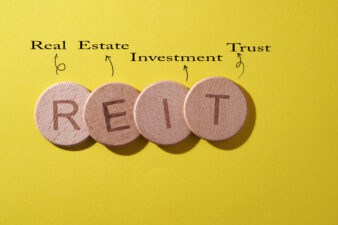If you’re a Canadian out of work due to COVID-19, you might already be getting CERB payments.
Assuming you genuinely meet the program’s eligibility criteria, that can only be a good thing. When you’re out of work, every penny counts, and in many cases, the CERB pays more than EI does.
The story is a little different if you aren’t quite eligible. If you played it loose with your CERB application, the CRA might find out and demand the payments back. That might sound like a long shot, but when you look at how the CERB was rolled out, it begins to make sense.
In the rush to get financial support to Canadians in need, the CRA erred on the side of expediency. Rather than let vulnerable Canadians slip through the cracks, the agency pushed applications through as quickly as possible. This was a necessary step to ensure that those who needed help got it.
However, it also led to some people who weren’t quite eligible getting payments.
Recently, CBC ran a story about Canadians who were receiving the CERB when they shouldn’t have been. Based on an interview with a CRA employee, the article explored a number of cases where individuals were collecting massive amounts of CERB money. One case involved a family of three that collected $12,000 in CERB money in a single day. That was possible because each of the three family members was receiving two separate CERB payments.
The CRA is keeping a close eye on situations like this. While the CBC article didn’t indicate what enforcement actions will be taken, it did note that the CRA will “follow up” with people who received the CERB in error.
Obviously, this is not a situation you want to find yourself in. But with CRA rules being notoriously vague, it’s hard to be sure that you’re in the clear.
You can start by being 100% certain about the eligibility requirements. You need to have earned $5,000 in the last 12 months and less than $1,000 in the last 14 days to qualify. If you’re already getting EI, you’re not eligible, even if you meet the other two criteria. In general, investment income doesn’t affect your eligibility. However, if you receive small business dividends, and you’ve stopped getting them in the last 14 days, you may be eligible.
If you want to play it really safe, you could avoid the CERB altogether and seek other ways to support yourself financially. If you have a TFSA with some unused contribution space lying around, you could build up a portfolio of stocks that pays you solid income. With a fully maxed out TFSA at a 3.5% average yield, you could earn about $2,500 a year tax-free. That’s a far cry from what the CERB pays, but TFSA holdings do have a nice tax advantage the CERB doesn’t.
One stock you could consider holding for TFSA income is Fortis (TSX:FTS)(NYSE:FTS). With a dividend yield of 3.5%, it can net you the $2,500 yearly “bonus” just mentioned.
As a Canadian company, Fortis’s dividends are not taxed in your TFSA. And those dividends are very reliable. Fortis has actually raised its dividend every year for the last 46 years. That’s an incredible track record. What’s even more remarkable is that it’s set to continue. Fortis is aiming to increase its dividend by 6% a year over the next five years. So, the $2,500 a year you can get out of it now could be much more in a few years’ time.







